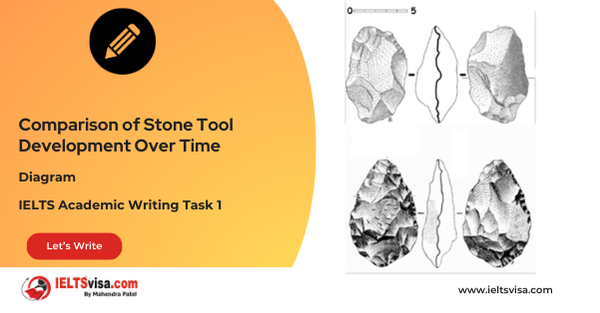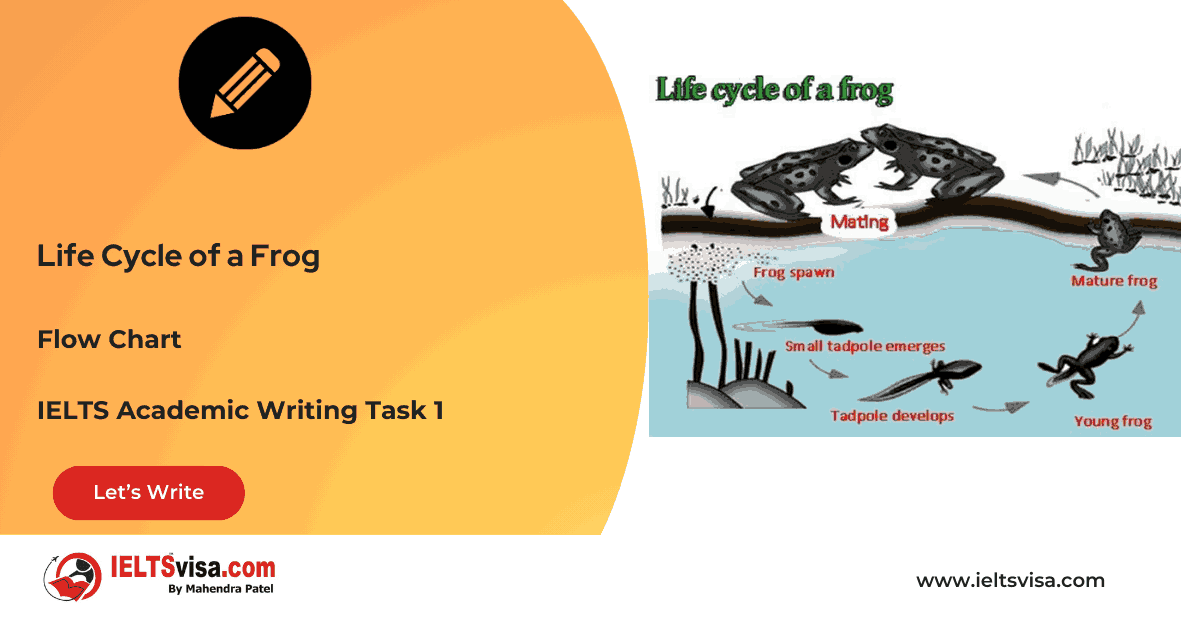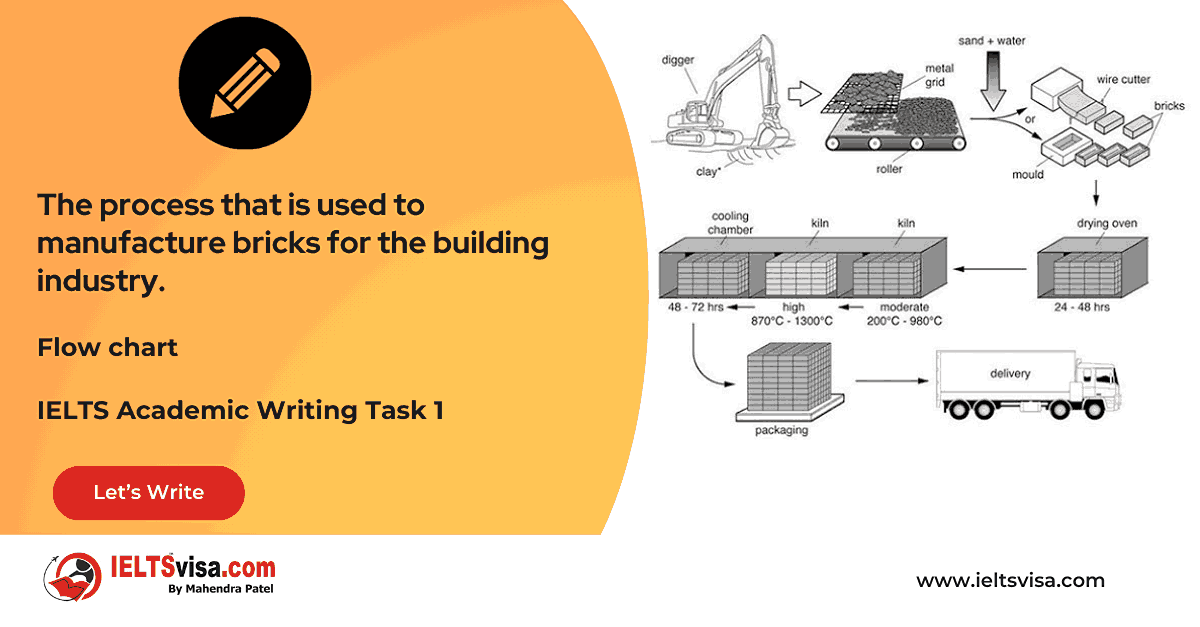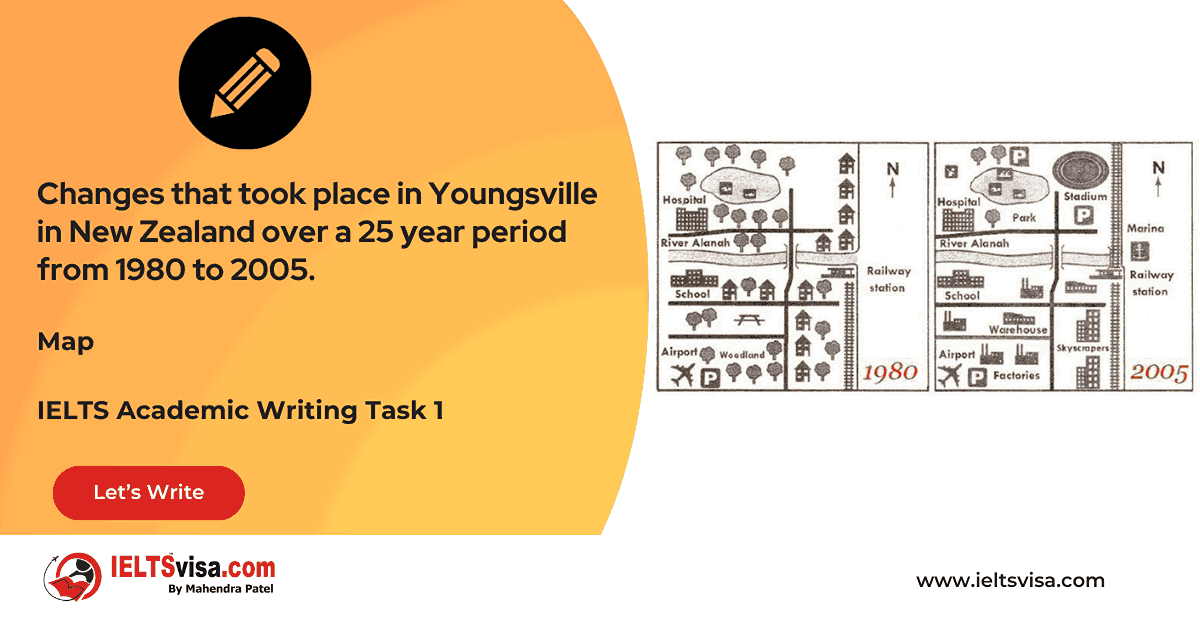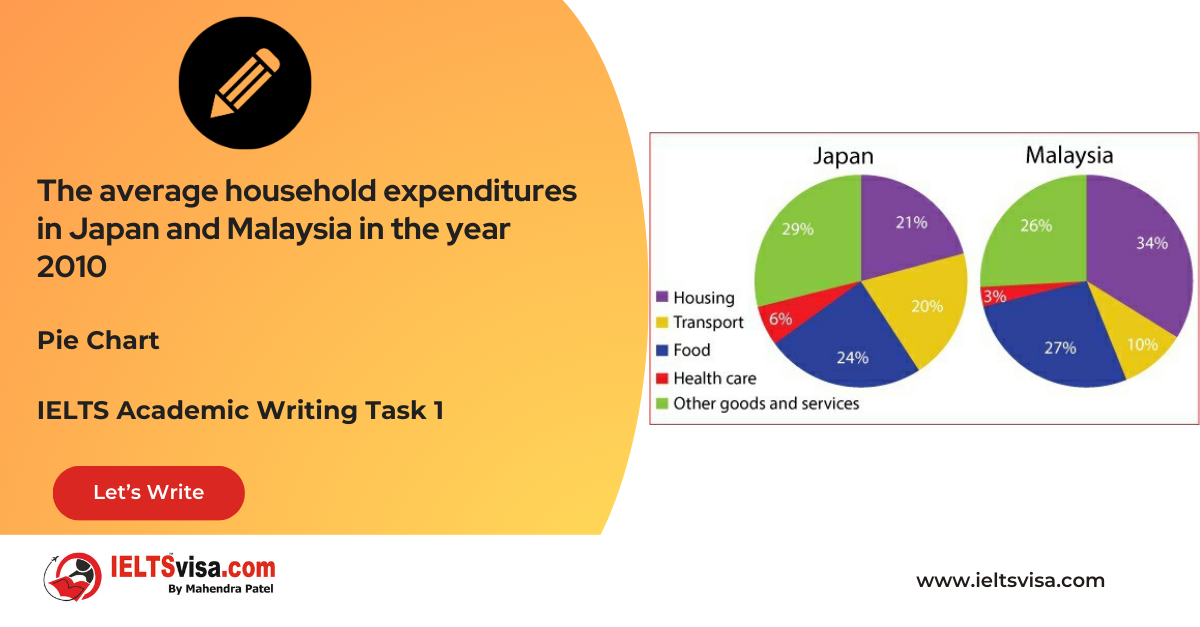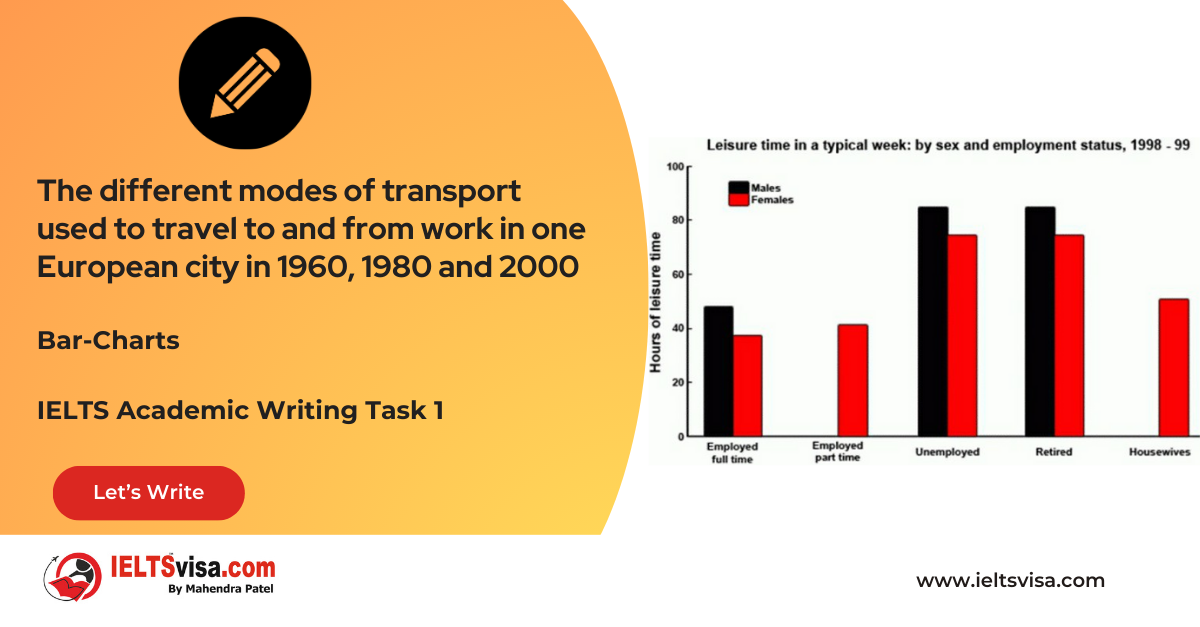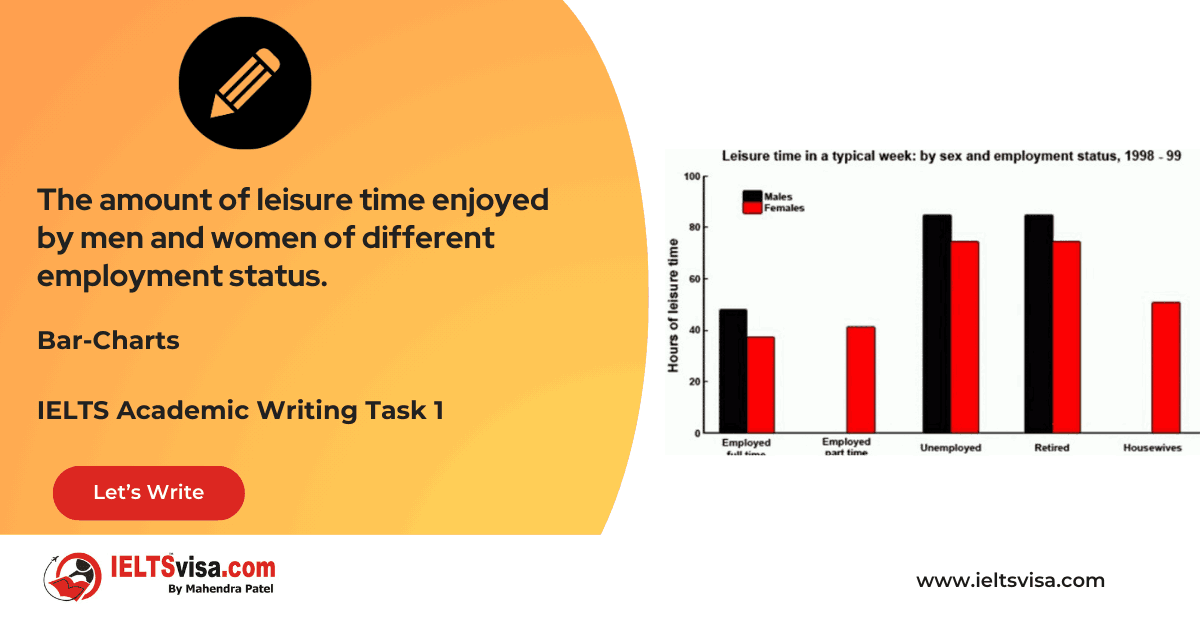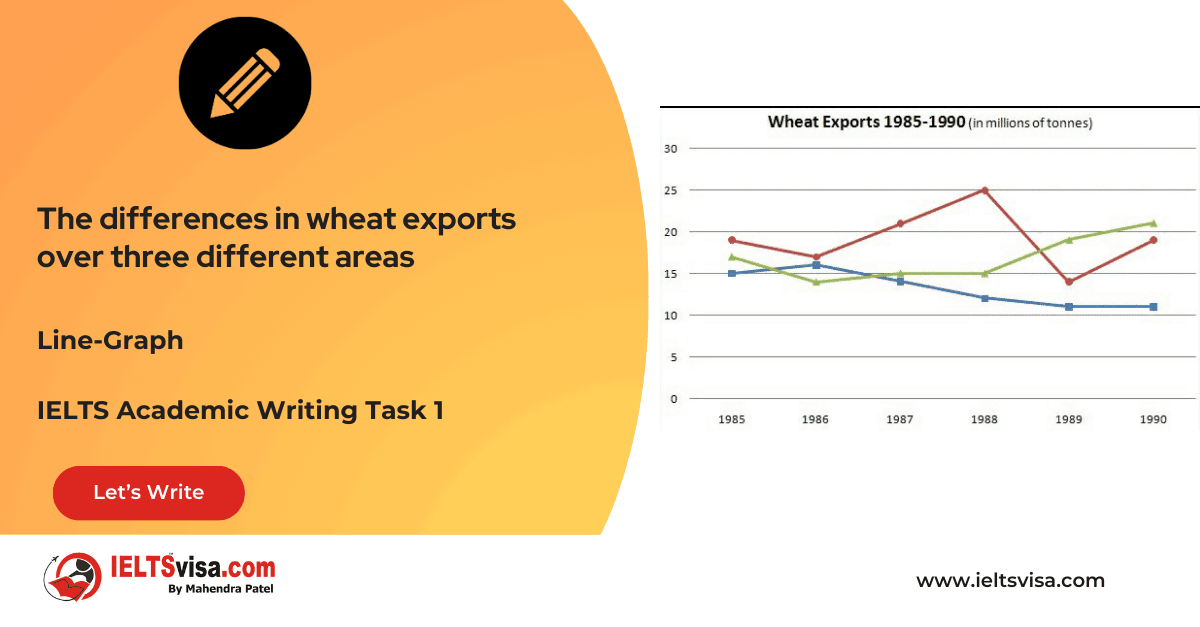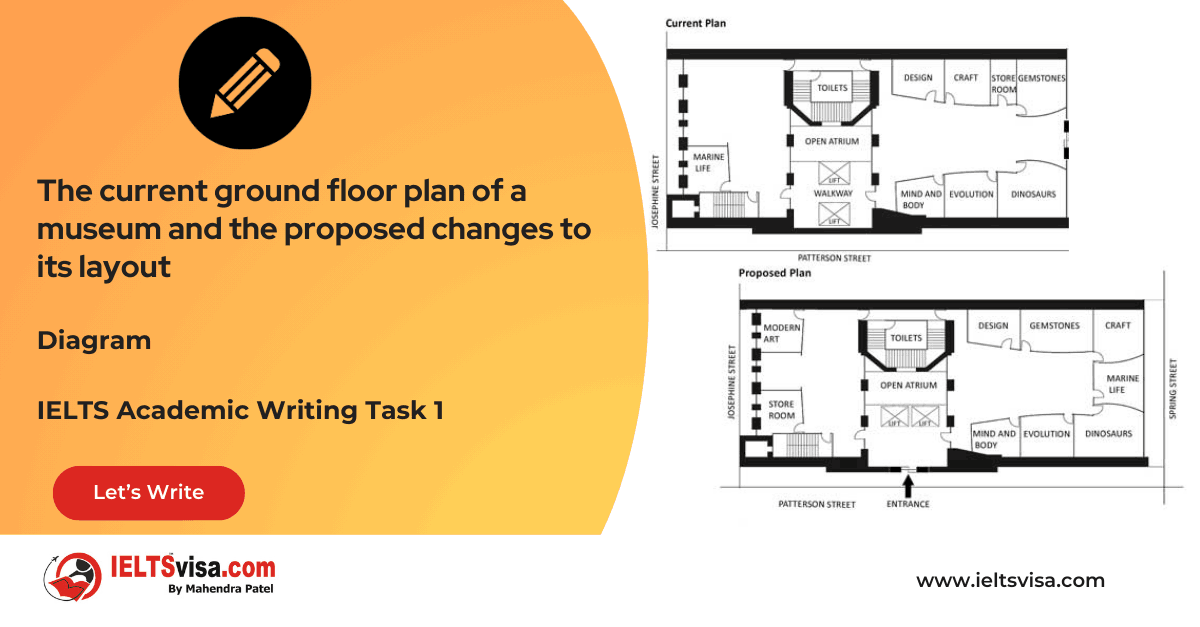Subject/Verb Agreement
Lexical Resource & Grammatical Range and AccuracyIELTS Academic Writing Task 1
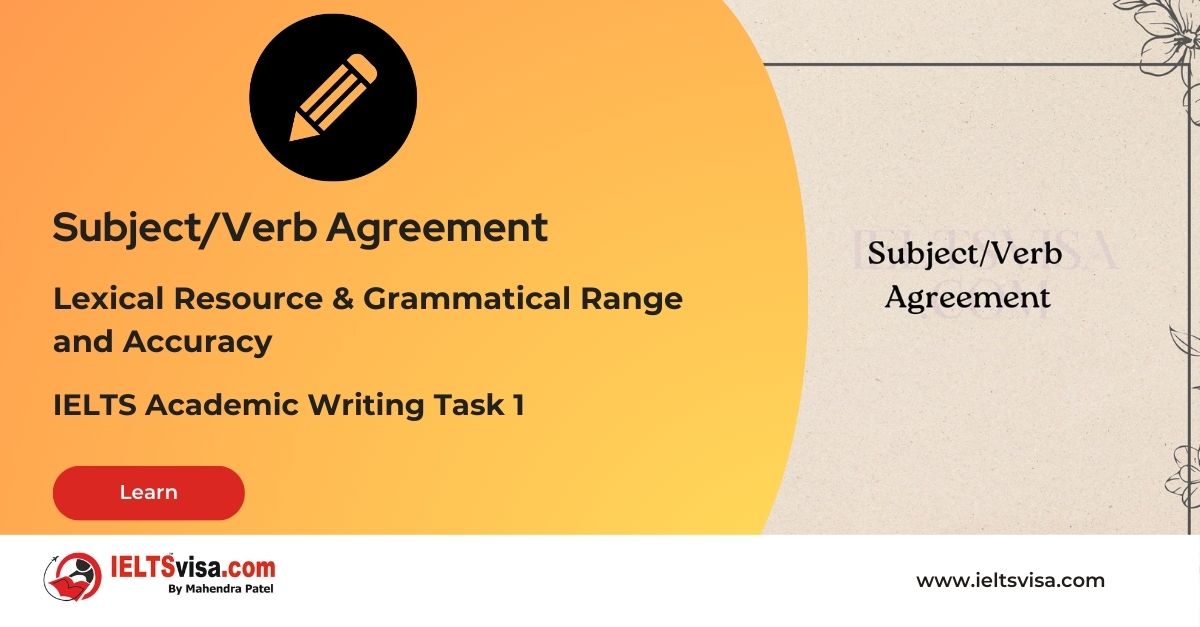
In the IELTS Academic Writing Task 1, demonstrating strong Lexical Resource and Grammatical Range and Accuracy is crucial for achieving a high score.
One key aspect of grammatical accuracy is subject/verb agreement. Subject/verb agreement refers to ensuring that the subject of a sentence agrees in number with the verb.
In this article, we will explore the importance of subject/verb agreement in Task 1, accompanied by examples and answers to help you understand and apply this concept effectively.
1. Singular Subjects and Verbs:
When the subject of a sentence is singular, the verb must also be singular.
Example:
Original Sentence:
The student study in the library.
Revised Sentence:
The student studies in the library.
In the revised sentence, the singular subject “student” correctly matches the singular verb “studies.”
2. Plural Subjects and Verbs:
When the subject of a sentence is plural, the verb must also be plural.
Example:
Original Sentence:
The students study in the library.
Revised Sentence:
The students study in the library.
In the revised sentence, the plural subject “students” correctly matches the plural verb “study.”
3. Indefinite Pronouns:
Indefinite pronouns, such as “everyone,” “somebody,” or “each,” are considered singular and require singular verbs.
Example:
Original Sentence:
Everybody has their own opinion.
Revised Sentence:
Everybody has his or her own opinion. / Everybody has their own opinion.
In the revised sentence, the singular indefinite pronoun “everybody” correctly matches the singular possessive pronoun “his or her.”
4. Collective Nouns:
Collective nouns, such as “team,” “family,” or “government,” can be singular or plural, depending on the context.
Example:
Original Sentence:
The team are training hard.
Revised Sentence:
The team is training hard.
In the revised sentence, the collective noun “team” is considered a singular entity and matched with the singular verb “is.”
5. Compound Subjects:
When two or more subjects are joined by “and,” the verb should be plural.
Example:
Original Sentence:
Mary and John is going to the park.
Revised Sentence:
Mary and John are going to the park.
In the revised sentence, the compound subjects “Mary and John” correctly match the plural verb “are.”
6. Inverted Sentences:
In sentences with the subject after the verb, maintain subject/verb agreement.
Example:
Original Sentence:
There is many books on the shelf.
Revised Sentence:
There are many books on the shelf.
In the revised sentence, the subject “books” is plural, and the verb “are” agrees in number.
Subject/verb agreement is crucial for achieving accuracy in your writing. By understanding the rules of subject/verb agreement and applying them effectively, you can showcase your grammatical proficiency in IELTS Academic Writing Task 1.
Practice identifying the subject and verb in sentences and ensuring they agree in number.
With consistent practice and attention to detail, you will excel in Task 1 and achieve success in your IELTS examination.
Good Luck!








Our Books
Master IELTS Speaking Part 1
IELTS Writing Task 1 Book
IELTS Writing Task 2 Book
Practice IELTS Other Modules
IELTS Listening
The IELTS Listening test assesses how well you can understand spoken English in various contexts. It lasts about 30 minutes and is divided into four sections with a total of 40 questions. The listening tasks become increasingly difficult as the test progresses.
IELTS Academic Reading
The IELTS Academic Reading section assesses your ability to understand and interpret a variety of texts in academic settings. It is designed to evaluate a range of reading skills, including skimming for gist, reading for main ideas, reading for detail, understanding inferences, and recognizing a writer's opinions and arguments.
IELTS Speaking
The IELTS Speaking test assesses your ability to communicate in English on everyday topics. It lasts 11-14 minutes and consists of three parts: introduction, cue card, and a discussion based on the cue card topic.
IELTS General Reading
IELTS General Reading tests your ability to understand and interpret various types of texts. Here are some key areas and types of content you can expect to encounter in the reading section, along with tips for effective preparation.
IELTS Academic Writing Task 1
In IELTS Academic Writing Task 1, you are presented with a visual representation of information, such as graphs, charts, tables, or diagrams, and you are required to summarize, compare, or explain the data in your own words.
IELTS General Writing Task 1
In IELTS General Writing Task 1, you are required to write a letter based on a given situation. The letter can be formal, semi-formal, or informal, depending on the prompt. Here’s a breakdown of the key components to include in your letter
IELTS Academic Writing Task 2
In IELTS Academic Writing Task 2, you are required to write an essay in response to a question or topic. Here’s a guide to help you understand the essential elements of this task
IELTS Exam Tips
To succeed in the IELTS exam, practice regularly, familiarize yourself with the test format, improve your vocabulary, develop time management skills, and take mock tests to build confidence.
Grammer for IELTS
Grammar is the foundation of effective communication in English. Understanding tense usage, subject-verb agreement, and sentence structure enhances clarity and coherence in writing and speaking.
Vocabulary for IELTS
Vocabulary plays a crucial role in the IELTS (International English Language Testing System) exam, especially in the Speaking and Writing sections. Here’s an overview of why vocabulary is important and how it impacts your performance
RECENT IELTS SAMPLES QUESTIONS AND ANSWERS
Task 1 – Diagram – Comparison of Stone Tool Development Over Time
20:00 Start Pause Stop [df_adh_heading title_infix="IELTS Writing Task 1 Question" use_divider="on"...
Task 1 – Flow chart -Life Cycle of a Frog
20:00 Start Pause Stop [df_adh_heading title_infix="IELTS Writing Task 1 Question" use_divider="on"...
Task 1 – Flow chart -The process that is used to manufacture bricks for the building industry.
20:00 Start Pause Stop [df_adh_heading title_infix="IELTS Writing Task 1 Question" use_divider="on"...
Task 1 – Map – Changes that took place in Youngsville in New Zealand over a 25 year period from 1980 to 2005.
20:00 Start Pause Stop [df_adh_heading title_infix="IELTS Writing Task 1 Question" use_divider="on"...
Task 1 – Pie Chart – The average household expenditures in Japan and Malaysia in the year 2010
20:00 Start Pause Stop [df_adh_heading title_infix="IELTS Writing Task 1 Question" use_divider="on"...
Task 1 – Bar Graph – The different modes of transport used to travel to and from work in one European city in 1960, 1980 and 2000
20:00 Start Pause Stop [df_adh_heading title_infix="IELTS Writing Task 1 Question" use_divider="on"...
Task 1 – Bar Graph – The amount of leisure time enjoyed by men and women of different employment status
20:00 Start Pause Stop [df_adh_heading title_infix="IELTS Writing Task 1 Question" use_divider="on"...
Task 1 – Line Graph – The differences in wheat exports over three different areas
20:00 Start Pause Stop [df_adh_heading title_infix="IELTS Writing Task 1 Question" use_divider="on"...
Task 1 – Diagram – The current ground floor plan of a museum and the proposed changes to its layout
20:00 Start Pause Stop [df_adh_heading title_infix="IELTS Writing Task 1 Question" use_divider="on"...

